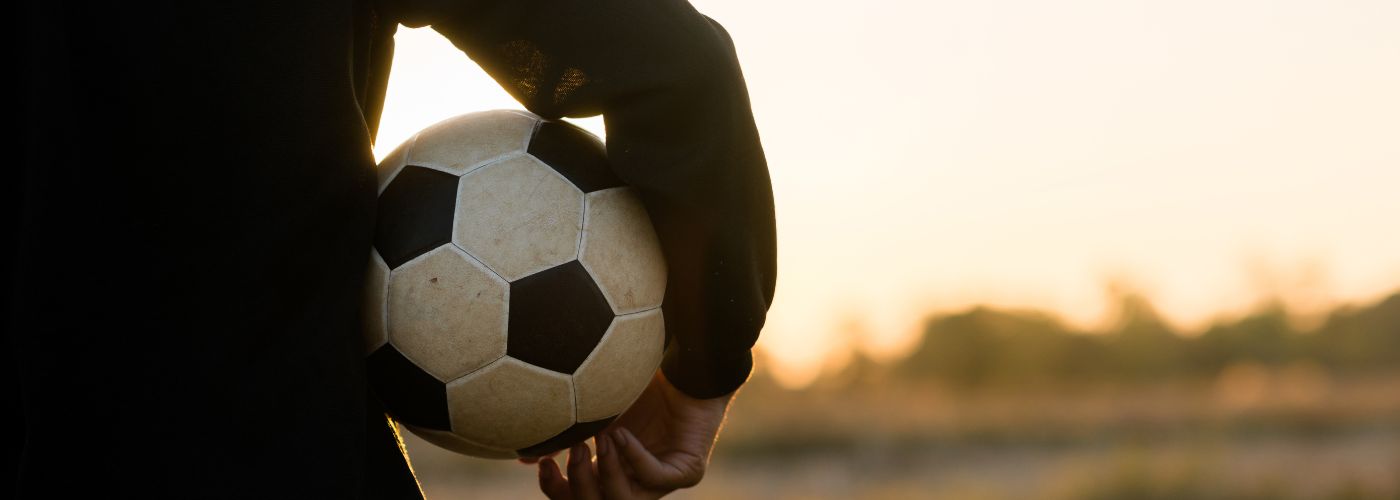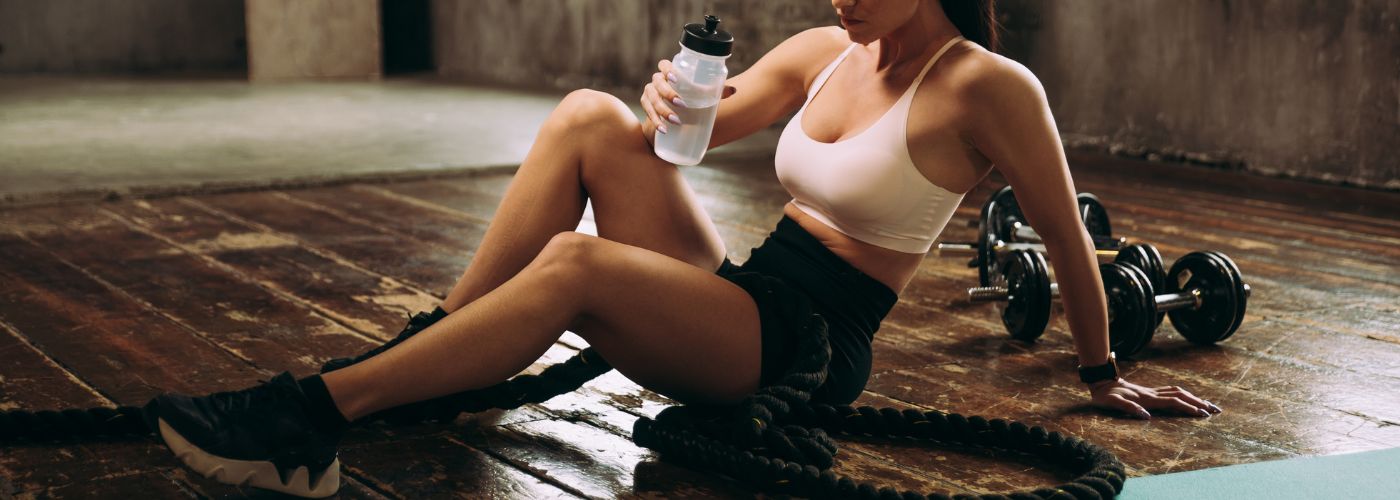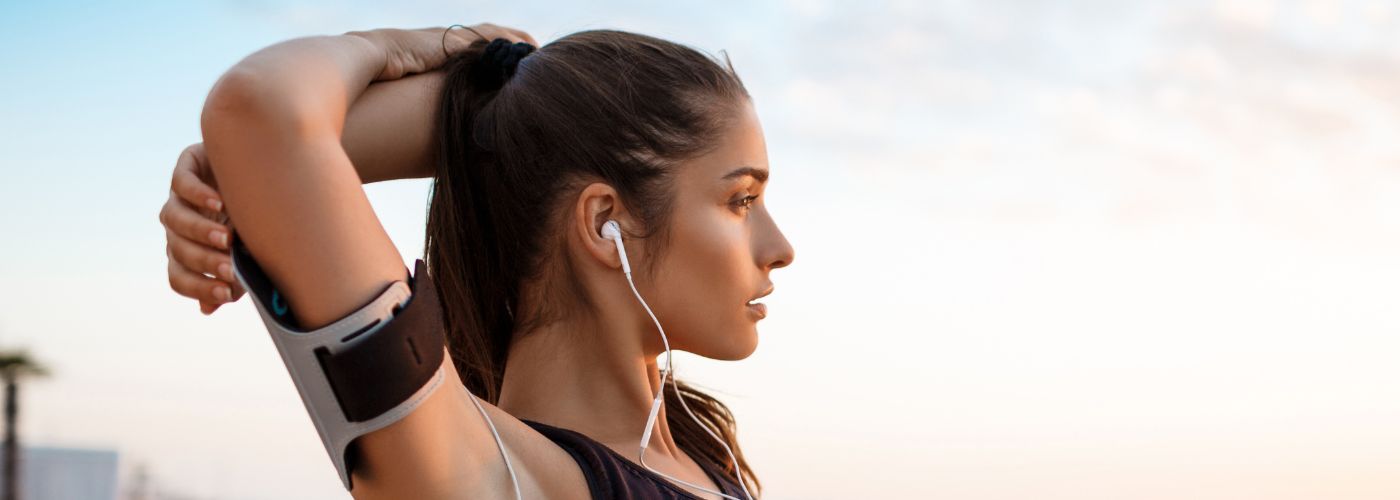Most student athletes don’t have a motivation problem. They show up. They train hard. They push through soreness and long days, often without complaint. The issue isn’t effort—it’s recovery. And that’s the part no one’s teaching them to take seriously.
Between school, practice, travel, and games, there’s little time left for structured recovery. Coaches push performance. Parents encourage balance. But what often gets missed is the space in between—the part where the body repairs, resets, and prepares to do it all again.
Let’s talk about what recovery really looks like, and how to build it into a student athlete’s routine in a way that’s realistic, effective, and—dare we say—doable between algebra homework and a 7am bus.
The Real Challenge for Student Athletes
They know how to train. They’re not being taught how to recover.
Training plans? Covered. Conditioning? Pushed. But recovery? That part’s often skipped, unless it involves collapsing onto the couch and calling it “rest.”
The problem is, when recovery is left to chance, it starts to show. Up to 70% of high school athletes report playing through pain without structured recovery (NATA, 2020). Over 50% of youth sports injuries come from overuse, not collisions or contact (AAP, 2011).
Translation: it’s not the game that’s hurting them. It’s the gaps between the games.
Why Recovery Gets Overlooked
Recovery isn’t just rest. Its structure.

Most student athletes think recovery means sleep, hydration, and maybe a rest day if they’ve earned it. But real recovery is more proactive than passive. It’s a strategy—like strength training or skill drills—designed to keep the body functioning between demands.
That includes:
- Managing inflammation
- Keeping circulation flowing
- Resetting muscle tissue that’s been overworked
- Reducing pain without relying on medication
You can’t expect consistency in performance without consistency in recovery.
And for the parents reading this, thinking, “I wish someone had told me that when I played,”—well, consider this the generational upgrade.
What Recovery Really Means
HiDow recovery tools aren’t just for post-gym adults or weekend warriors. They’re practical, accessible tools that help student athletes stay consistent when time is short and the schedule’s stacked. No clinic visit required. No setup needed.
And for any parent who’s ever played “athletic trainer” with a bag of frozen peas—this one’s for you.
Where TENS/EMS, Red Light, and Massage Fit In
TENS/EMS – For soreness, tension, and muscle reset
HiDow devices combine TENS (which helps reduce pain by disrupting nerve signals) and EMS (which engages muscles to support recovery). Together, they help the body stay responsive instead of reactive.

Great for:
- Quads and hamstrings after game day
- Shoulders, traps, or lower back tightness
- Getting through a tournament weekend without a full collapse by Sunday
→ Try it with: XPDS 18
Red light therapy – For inflammation and recovery support
Red and near-infrared light therapy helps support soft tissue recovery and circulation. It’s especially useful around high-stress joints (knees, ankles, elbows) and doesn’t require movement or setup—just a consistent routine.
Many student athletes use it during homework time, reading, or wind-down periods before bed. (Yes, it works even while scrolling.)
→ Try it with: HD GLO Red Light Torch
Massage Tools: Release, Restore, Reset
Some soreness runs deep. Some stays locked in one spot. And some just makes everything feel tight and heavy. Student athletes often instinctively reach for a lacrosse ball or foam roller—because they know it helps. These tools build on that idea with more purpose and better design.
Here’s how they each work on the body differently—and why that matters.
Delivers rapid percussion that drives straight into the muscle belly. Helps release tension in shortened, overworked muscles by stimulating circulation and encouraging relaxation.
- Best for: dense muscle groups like quads, glutes, traps
- Use after: intense practices, weight training, or full-body fatigue
- Feels like: a mechanical thumb pressing in fast, softening tension until it lets go
Built for: sprinters, lifters, football players—athletes who carry a lot of load
Combines rolling pressure with vibration to help lengthen tight muscle chains and improve fascial glide. Covers more surface area than a gun and supports recovery through motion, not just force.
- Best for: calves, hamstrings, lats, glutes
- Use before or after: repetitive movement sports (running, soccer, dance)
- Feels like: a rolling surface that hums under pressure—stimulating both muscle and fascia without the jolt of percussion
Built for: athletes who rely on range of motion and fluid movement patterns
Applies focused, static pressure to release knots, adhesions, and dense fascia. These are the “go-to” for hard-to-reach tension that broad tools can’t isolate.
- Best for: hips, traps, shoulder blades, arches of the feet
- Use anytime: tight spots flare up and need precise attention
- Feels like: finding the exact knot and holding until it gives—less motion, more intention
Built for: gymnasts, wrestlers, cross-trainers—athletes who know exactly where it hurts
Same goal. Different approach.
All three help manage tension and improve recovery—but each works differently:
- Mini3 presses deep to release full-muscle fatigue
- HD Vibe rolls broadly to reset tight movement patterns
- TriggerFlex targets the exact knot and breaks it down
Together, they give student athletes a simple, adaptable way to handle whatever their body throws at them that week.
What a 15-Minute Recovery Routine Looks Like
A sample post-practice setup:
- 20 minutes of TENS/EMS on quads or hamstrings while eating or watching film
- 10 minutes of red light on knees or ankles during study or screen time
- 5 minutes with the HD Vibe to roll out the lower body
- 2–3 minutes with the Mini3 Massage Gun on shoulders, traps, or tight glutes
- TriggerFlex Tools anytime—on feet, hips, or knots that don’t respond to broad tools
- (Optional: the Mini3 fits in a backpack or car for pre-practice tune-ups on the go)
It’s not about doing everything. It’s about doing something that actually helps.
And no, this won’t eliminate every sore muscle or prevent every injury. But it will make the day-to-day feel more manageable—for the athlete, and for the parent who has to hear about the soreness in the car.
Recovery Is Part of Performance
Performance doesn’t just come from effort. It comes from how well the body is supported between efforts.
HiDow tools give student athletes the ability to recover with structure, not guesswork. Whether it’s a Monday night leg day or a three-game weekend, recovery shouldn’t be an afterthought—it should be part of the plan.
Especially if you’re the one doing laundry for those game-day uniforms, packing snacks, and the unpaid Uber driver.

Related Stories
5 Ways to Support Bone Strength with HiDow
World Osteoporosis Day (October 20) October 20 is World Osteoporosis Day, and chances are, you’ve...
Oct
FDA-Cleared Is a Flex. Here’s Why.
Pulling Back the Curtain You’ve seen it on boxes, on websites, in ads: FDA-cleared. It...
Sep
This Is Fibro. This Is Larry.
September is Pain Awareness Month. And we’re not here to give you medical definitions or...
Sep
Train Your Relaxation Reflex
How often do you find yourself struggling to switch off after a long day? With...
Aug
Back To School Fitness: Balancing Academics & Athletics
Most student athletes don’t have a motivation problem. They show up. They train hard. They...
Aug
How to Cope with a Sports Injury
Staying active helps your body stay strong. But sometimes, activity leads to pain, strain, or...
Jul